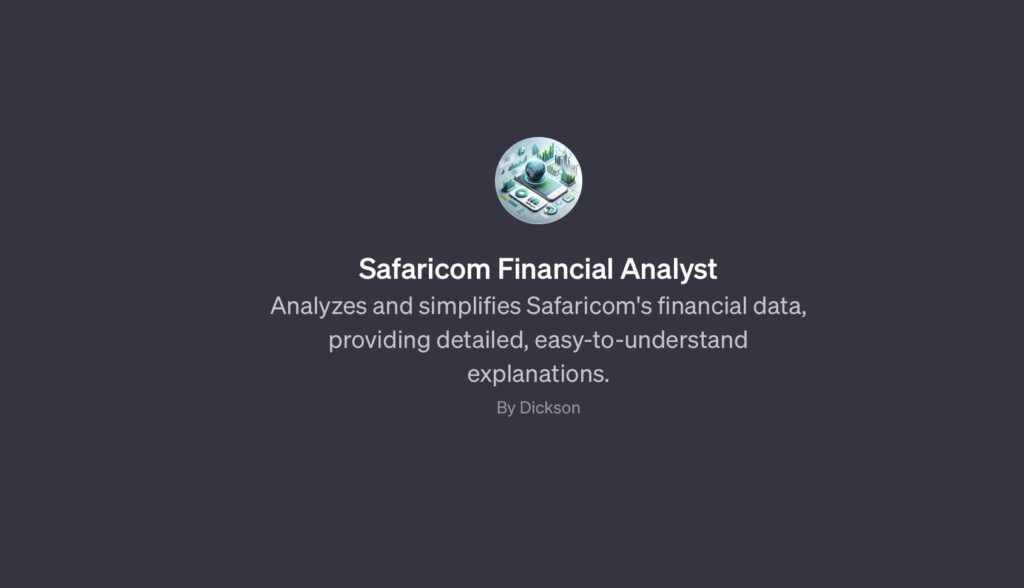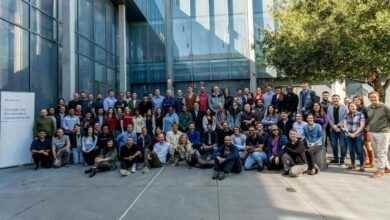
If you frequently use OpenAI’s ChatGPT, you have definitely thought of ways to get it to better understand certain topics where you may have felt it is lacking. For example, you may have realised it lacks knowledge about say your place of work or your company. It can’t tell you about your board members, how you’re funded, what your profits look like and more. This may sound like information the platform may never have, but if you want it to have such data, and be custom-made to answer stuff about your workplace or company, you can now do so with custom GPTs. GPT stands for Generative Pre-trained Transformers, basically an AI that has been fed data and can now generate text based on the data.
OpenAI recently announced GPTs that can be built by anyone without knowledge of code, and customised to specialise on specific bits of a topic, or of a company, a research, a song etc. Basically, if you want ChatGPT to be very good at a specific topic, you can make it so by building a custom version of it, feeding it as much knowledge as possible on the topic, and then asking it questions, analysis and more about the topics. It’s wild, it’s magic, it’s very easy!
Creating a custom GPT using the GPT Builder on ChatGPT involves a couple of steps.
- Access to ChatGPT Plus: To use the GPT Builder, you need access to ChatGPT Plus. Upgrade your account if you haven’t already. It is currently $20 a month.
- Opening the GPT Builder: Once logged in to ChatGPT Plus, click on “Explore” in the left-hand menu and then select “Create a GPT” under “My GPTs”.
- Defining Your GPT: Start by typing in what kind of GPT you want to create, like “a financial analyst of my company’s reports.” Be as descriptive as possible. The GPT Builder will update itself after each input, so expect brief pauses during the process.
- Customizing Appearance and Behavior: The GPT Builder will suggest a name and profile picture for your GPT. You can accept these suggestions or provide your own. Then, define how you want your GPT to behave, such as giving long descriptions or always providing a code sample.
- Giving it knowledge: You can add information under Knowledge Base in “Configure” tab. These could be images, PDFs, word documents and more. Thereafter let the GPT Builder know that this is the information to use.
- Setting Context Handling and Tone: Decide how your GPT should handle situations with little context—whether it should ask for more information or make assumptions based on what’s provided. Also, choose the tone of your GPT, like formal, casual, or branded.
- Adding Context with Documents and Images: You can upload more documents or images for context using the paperclip icon in the text input area of your GPT Builder. This feature allows the GPT to understand supporting documents like brand style guides, financials, or even coding samples.
- Testing and Training Your GPT: After setup, test your GPT to see how it performs, and then adjust its behaviour as needed. You can under the builder area tell it to be detailed, thorough, creative, explanative, to use tables, and much more.
- Review Changes: Upon making changes, the preview screen will update, showing the revised version of your GPT. This allows you to see how your modifications have altered the GPT’s responses and behaviour.
- Publish it: Make your GPT either private, link only, or public once you’re satisfied with the inputs you’ve given it, and the outputs you see from testing it. Keep iterating to make sure your desired outputs are achieved, and that (and this is very important since GPTs can lie confidently) the data output is factual.
I built a custom GPT to give you information about Safaricom Financials from 2009 to 2023:
I sat down and in a few hours, came up with a custom Safaricom Financial Numbers GPT. I used Safaricom data that’s publicly available for this undertaking, and only those PDF documents were used to train the model. Of course it isn’t perfect, but this is work done by one person in a few hours. Now imagine a few iterations, more data fed into it, and more interactions with it to make it better! Basically you will be able to get any information – based on what Safaricom has reported over the years – by using natural language. And I’ve ensured that you get detailed explanations for whatever questions you ask. Access the Safaricom Financial Analyst GPT here. Building upon it won’t be hard. Just feed it more information, tell it what matters and what doesn’t. And fine-tune it to excel at understanding Safaricom’s financial data exclusively.
This is the power of custom GPTs. Basically you take away the need to learn lots of code, lots of processing and lots of customisation to get natural language responses. All those have already been built and are maintained by OpenAI, now all you need is ingenuity, good ideas, and lots of training data to add to the knowledge base, so that your custom GPT can be helpful, and unique.
I’ve also built a GPT to help you with the Kenyan constitution. Here it is. The knowledge base here is based on the constitution of Kenya 2010. So you can directly as it, what does the constitution say on this or that… OR what is the article of the constitution that deals with…
More power, more magic:
There are a lot of possibilities for Custom GPTs as more people start using them. We will see models that focus on very specific things to help people quickly solve issues, learn, build, code and so much more. It’s just the beginning and it’s frightening as it is exciting.













